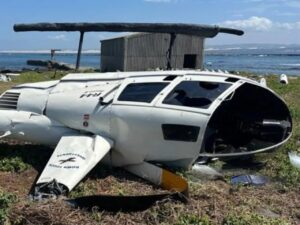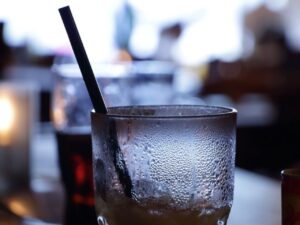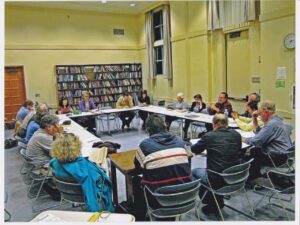South Africa’s transition to full digital terrestrial broadcasting is one of those processes that one measures in aeons, like the lifespan of stars or the inexorable evolution of monkey-fish-frogs into homo sapiens.
The big switch, which has seen four Ministers of Communication come and go, countless committee meetings, public hearings and revisions of the Digital Terrestrial Regulations by ICASA, as well as millions spent on an advisory council that was set up, re-vamped and disbanded before it advised anything, issued a fresh burp today in its endless quest to switch all of us lucky South Africans over to full digital reception in the form of a press release from the Ministry, and a lovely full page ad in the nation’s broadsheets.
To whit, the Minister of Communications, Dina Pule, announced this morning that just over 60% of South Africa had been switched over to a digital broadcast standard, with full coverage expected to be attained by September this year, when the final switch over would commence.
Thereafter, South Africans will not be able to access the old analog offerings of the national broadcaster’s current television and radio broadcasts (which will be abandoned) and will have to install digital receivers and set top boxes (STB) at their own expense to receive the new digital offering. The boxes are set to cost consumers at least R700, with only the “poorest households” to be subsidised by governmenment.
Well that clears everything up, doesn’t it? Except, as critics of the “shambolic” process of transforming South Africa’s broadcasts over to digital point out, unlike the picture quality the Minister is promising, there isn’t much more clarity in the direction, scope and logistics of the switch over at all- full page ad and press release notwithstanding, leaving South Africans in the dark about what to expect come September.
This lack of clarity has led to years of squabbling between the industry and the government over a digital standard; delays in the establishment of a set top box manufacturing standard; signal encryption squabbles; ongoing confusion amongst STB manufacturers and fears that South Africa will become a dumping ground for obsolete technology.
At the same time, the broadcasting regulator, the Independent Communications Authority of South Africa (ICASA) keeps publishing newer Digital Terrestrial Television regulations and amending previous regulations creating further ongoing uncertainty which makes it harder for the industry and broadcasters to keep up.
It’s also unclear – as no regulations exist under the new digital framework – on what the so-called “must-carry” rules will be and whether satellite TV operators DStv and TopTV will have to continue to carry the current and expanding free-to-air TV channels.
Although South Africa was the first country on the continent to start the process, we are now lagging far behind several African nations, islands and the rest of the world in the digital migration process – the launch of which should have taken place more than two years ago.
Last year the government moved the launch date to April 2012. It has now again been pushed back to September.
What’s more, the already cash-strapped SABC is pleading for billions in order to develop content and infrastructure for all the new digital channels they intend to bolster this new digital offering with.
So, the government can issue as many deadlines for switch over as it likes- the real question behind all the apparent transparency is what exactly will happen when the country’s national broadcaster does go digital- because at the moment it looks like a whole lot of the image you see at the top of this article.





